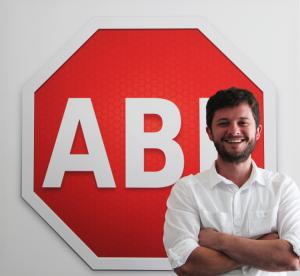Purchased by Amazon last year in a $970 million cash deal, Twitch continues to grow as the premiere platform for livestream broadcasts like eSports tournaments and live event coverage, averaging over 100 million unique viewers per month. It has been an amazing year for Twitch, marked by major events like a 9-day continuous broadcast of all the Joy of Painting episodes.
[a]listdaily talks to Twitch COO Kevin Lin, and the company’s Chief Revenue Officer, Jonathan Simpson-Bint, about some of the changes Twitch has seen in 2015 and what might be in store for the future.
 In what ways has video game streaming grown and changed over the last year
In what ways has video game streaming grown and changed over the last year
[Kevin] Video game streaming has continued to reach larger and larger audiences in more places. People are consuming more on a daily basis and interacting at higher levels than last year.
In terms of eSports, every major event that took place last year has boasted significantly better viewership numbers than last year, illustrating the movement’s momentum.
Lastly, more game companies and brands than ever before are using live streaming to make major announcements directly to their audience. Twitch has allowed game companies to speak directly to their audience in a medium they really embraces, and we’re seeing a lot of games built from the ground up with streaming in mind.
Have mobile game streams been on the rise, and have they made a significant impact among eSports streams
[Kevin] We haven’t seen too many mobile titles that have built effective streaming communities so far, although some games, such as Vainglory, have shown a lot of promise both in general streaming and eSports potential.
In what ways do you think Twitch streaming will continue to grow in 2016
[Kevin] Audience engagement is at an all-time high, and we believe that we’ll continue to reach more and more people across the globe.
 In 2015, we saw TV shows like Mr. Robot premiere on Twitch, and a Joy of Painting marathon. Can viewers expect a lot of similar television promotional broadcasts in the future
In 2015, we saw TV shows like Mr. Robot premiere on Twitch, and a Joy of Painting marathon. Can viewers expect a lot of similar television promotional broadcasts in the future
[Jonathan] The two broadcasts that you highlight are actually very different in terms of how they arrived on Twitch and how we think of them. Mr. Robot and any other promotional TV show partnerships were marketing activations brought in through our media sales team. Entertainment companies are excited about reaching the Twitch audience, and we plan to work with entertainment companies through our Twitch Specials program.
The Bob Ross marathon was a program developed by our internal Twitch Creative team. Since they were launching the category on Bob Ross’ birthday, what better way to celebrate than with a Joy of Painting marathon!
Twitch has become a fantastic place to introduce TV and movie IP to a huge audience that, by the definition of game culture, is already pre-self-selected to have a very high level of interest. We will continue to explore opportunities with brands and programming that fits well with our audience.
How has Twitch worked with advertisers to ensure they’re reaching the right audience
[Jonathan] For most of our advertisers, Twitch is already the right audience. Advertisers come to Twitch because we have a vast and hugely engaged millennial audience. Beyond that, we work really hard with our advertisers to make sure that their campaigns and their creative resonates with the audience and within the social video. Authenticity is critically important, and our creative services team works tirelessly to educate advertisers and deliver compelling and relevant creative.
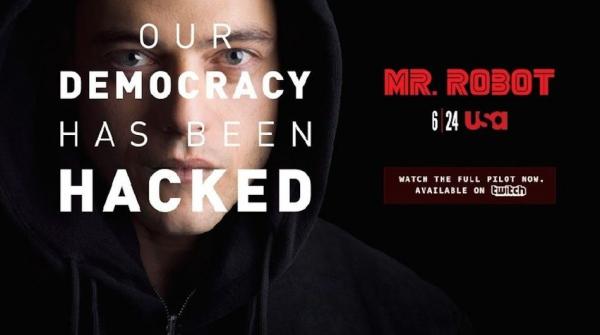
 What did Evolve launch as originally back in 2010
What did Evolve launch as originally back in 2010  [a]listdaily speaks with Bruce Shelley [pictured right], Chief Designer at BonusXP, and MaxPlay’s Head of Marketing, Chip Blundell, to get a look behind The Incorruptibles‘ marketing campaign, and find out what it takes to compete in an increasingly crowded mobile market.
[a]listdaily speaks with Bruce Shelley [pictured right], Chief Designer at BonusXP, and MaxPlay’s Head of Marketing, Chip Blundell, to get a look behind The Incorruptibles‘ marketing campaign, and find out what it takes to compete in an increasingly crowded mobile market. [Chip] Working with a quality developer like BonusXP and their game pedigree (Age of Empires, Halo Wars, Civilization, etc), team talent and design expertise gives us so much to work with to promote the game. We have been promoting The Incorruptibles on the merits of the game’s quality, the BonusXP team experience, and the product’s core positioning.
[Chip] Working with a quality developer like BonusXP and their game pedigree (Age of Empires, Halo Wars, Civilization, etc), team talent and design expertise gives us so much to work with to promote the game. We have been promoting The Incorruptibles on the merits of the game’s quality, the BonusXP team experience, and the product’s core positioning.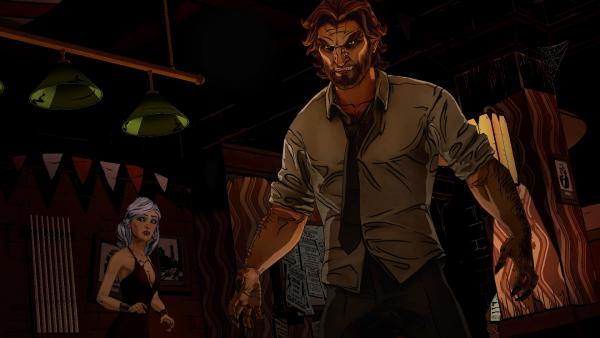 Telltale has partnered to create adventure games based in diverse worlds such as Game of Thrones, The Walking Dead, Borderlands and Minecraft. How do you decide which projects to pursue
Telltale has partnered to create adventure games based in diverse worlds such as Game of Thrones, The Walking Dead, Borderlands and Minecraft. How do you decide which projects to pursue 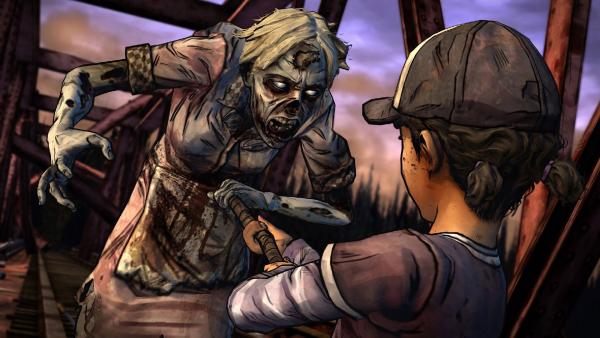 What would you say players love most about Telltale Games’ adventures, and how do you grow that audience
What would you say players love most about Telltale Games’ adventures, and how do you grow that audience 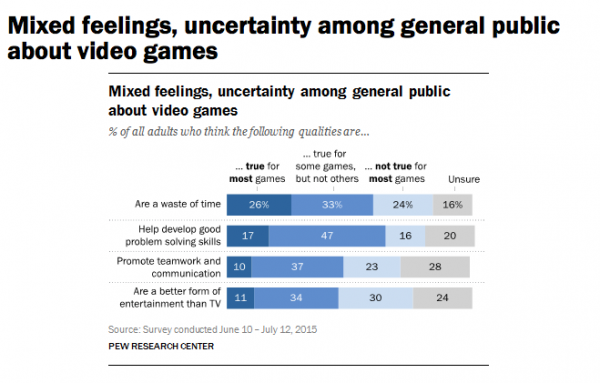 As for opinions of how women are portrayed in games:
As for opinions of how women are portrayed in games: